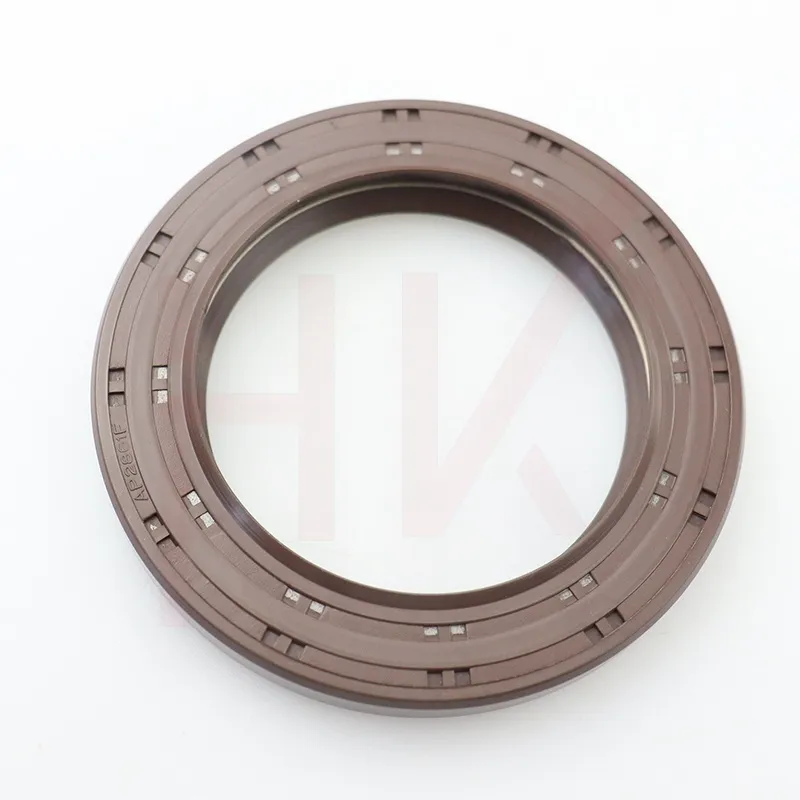Nov . 06, 2024 22:12 Back to list
Hydraulic Cylinder Seal Kit Materials and Their Applications in Industrial Equipment
Understanding Hydraulic Cylinder Seal Kit Materials
Hydraulic systems are vital in various applications, from industrial machinery to automotive technologies. At the heart of these systems is the hydraulic cylinder, which relies on the integrity of its seals to function effectively. The materials used in hydraulic cylinder seal kits play a crucial role in determining the performance, durability, and reliability of the hydraulic system. This article explores the key materials commonly used in hydraulic cylinder seal kits and their properties.
Common Seal Materials
1. Nitrile Rubber (NBR) Nitrile rubber, also known as Buna-N, is one of the most widely used seal materials in hydraulic applications. It is known for its excellent resistance to oils, fuels, and hydraulic fluids, making it suitable for a wide range of operating environments. NBR seals can handle temperatures ranging from -40°C to 100°C, with some grades able to withstand higher temperatures. However, they are not suitable for exposure to harsh chemicals and ozone.
2. Polyurethane (PU) Polyurethane seals are increasingly popular due to their superior abrasion resistance and elasticity. They can easily conform to the grooves of the hydraulic cylinder, providing an effective seal that minimizes leakage. PU seals can typically withstand temperatures between -30°C to 90°C and have excellent wear resistance, making them ideal for heavy-duty applications. However, like NBR, they may not perform well in the presence of certain chemicals.
3. Fluoroelastomer (FKM) Fluoroelastomer seals, commonly known by the brand name Viton, are highly resistant to heat, oil, and chemical degradation. These seals can operate in temperatures ranging from -20°C to 200°C, making them suitable for high-temperature hydraulic applications. Their excellent chemical resistance makes them ideal for industries handling aggressive fluids. However, FKM seals are often more expensive than other materials, which can be a consideration for budget-constrained projects.
4. Metallic Seals In extreme pressure and temperature applications, metallic seals are crucial. Materials like stainless steel or Inconel provide exceptional strength and durability. These seals are often used in combination with elastomeric seals to provide a secondary line of defense against leakage. While metallic seals offer superior performance in harsh environments, they are typically more expensive and require precise machining.
hydraulic cylinder seal kit material

Factors to Consider
When choosing the right seal material for a hydraulic cylinder seal kit, it is essential to consider several factors
- Operating Temperature Understanding the temperature range in which the hydraulic system will operate is critical. Ensure the chosen material can handle the maximum temperature without degrading. - Fluid Compatibility Different hydraulic fluids have varying chemical compositions. Selecting a seal material that is compatible with the specific fluid being used ensures longevity and performance. - Pressure Requirements Assess the pressure levels the seals will encounter. Certain materials perform better under high pressure, and selecting the appropriate material can help prevent seal failure.
- Environmental Conditions Exposure to harsh environmental conditions, such as extreme weather, UV radiation, or ozone, can affect seal longevity. Choose materials that can withstand these factors.
Conclusion
The selection of the right hydraulic cylinder seal kit material is essential for optimal performance and longevity of hydraulic systems. Nitrile rubber, polyurethane, fluoroelastomer, and metallic seals each have unique properties that cater to various applications. By considering factors such as operating temperature, fluid compatibility, pressure requirements, and environmental conditions, one can make informed choices that enhance the reliability and efficiency of hydraulic machinery. Proper material selection not only improves performance but also reduces maintenance costs and extends the life of hydraulic systems.
-
TCN Oil Seal Metal Ring Reinforcement for Heavy Machinery
NewsJul.25,2025
-
Rotary Lip Seal Spring-Loaded Design for High-Speed Applications
NewsJul.25,2025
-
Hydraulic Cylinder Seals Polyurethane Material for High-Impact Jobs
NewsJul.25,2025
-
High Pressure Oil Seal Polyurethane Coating Wear Resistance
NewsJul.25,2025
-
Dust Proof Seal Double Lip Design for Construction Equipment
NewsJul.25,2025
-
Hub Seal Polyurethane Wear Resistance in Agricultural Vehicles
NewsJul.25,2025
-
The Trans-formative Journey of Wheel Hub Oil Seals
NewsJun.06,2025
Products categories
















